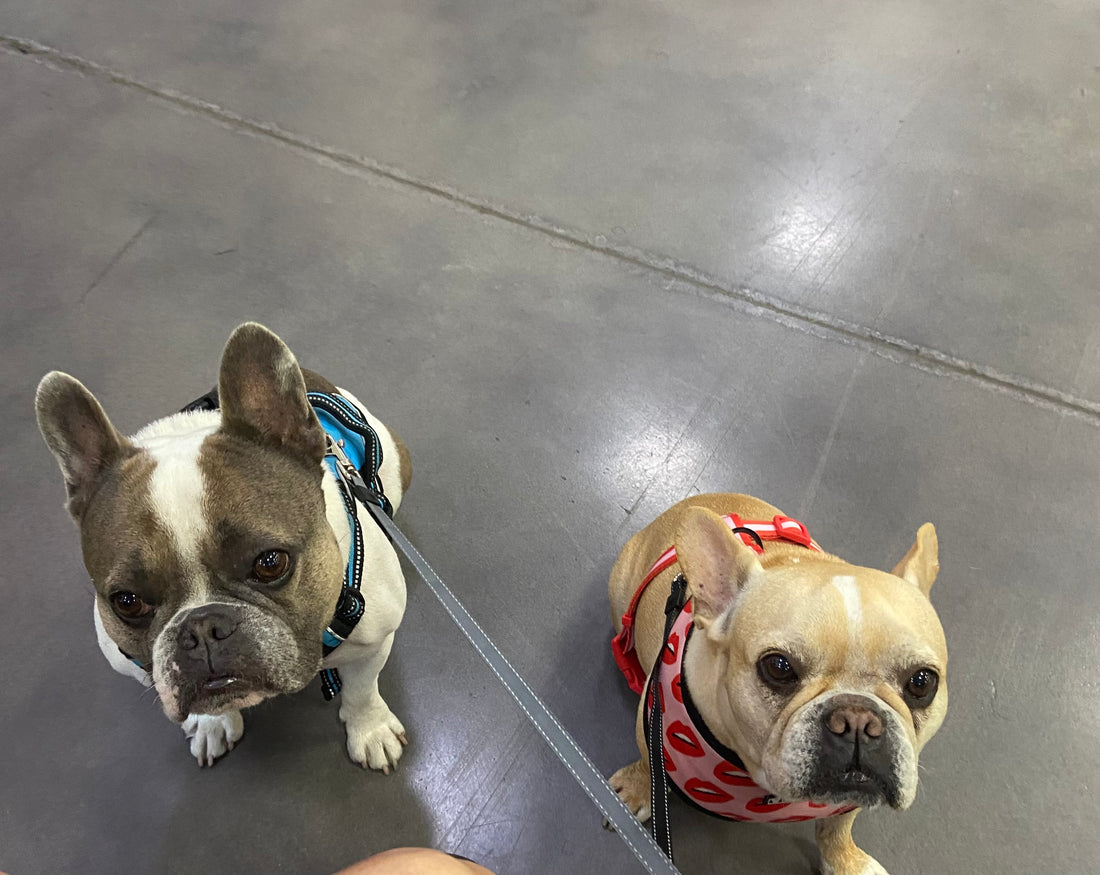About Canine Influenza Virus
There are two recognized strains of canine influenza A virus:
- CIV H3N8 was first reported in greyhounds in 2003. Since then, CIV H3N8 has spread to at least 40 states. This virus is of equine origin and is often difficult to diagnose.
- CIV H3N2 was recently found in the United States. This virus is of avian origin and spread to 24 states within 5 months (March–August 2015)!
Canine influenza A strains H3N8 and H3N2 are structurally very similar to human influenza A strains but are not known to cause disease in humans. However, given that viruses are constantly changing, it is possible that canine influenza strains could change and infect humans. For this reason, the US Centers for Disease Control and Prevention (CDC) and partners monitor canine influenza.
What are the signs of canine influenza?
Most cases of canine influenza are somewhat mild. However, up to 20% of infected dogs will have moderate-to-severe illness.
The common clinical signs are:
- Coughing and retching
- Sneezing
- Nasal and/or ocular discharge
- Decreased appetite
- Lethargy
In some cases, your dog may run a fever and show signs of depression. Yes, pets can get depressed too. Pneumonia and high fever can be seen in severe cases. These signs can last from a few days to several weeks, depending on the severity of the flu.
How is Canine Influenza Virus Transmitted?
The incubation period for canine influenza is one to five days, and clinical signs can appear two to three days after exposure. The virus may be spread during the incubation period, even if there are no clinical signs of illness, and a dog can still spread the virus even if it does not develop the disease. Canine influenza virus can survive on hands for 12 hours, on clothing for 24 hours, and on hard surfaces for up to 48 hours.
There are two main routes of transmission:
1. Droplet transmission via respiratory discharges from infected dogs coughing, barking, or sneezing.
2. Direct contact with contaminated hands, clothing, inanimate objects, or environmental surfaces. In the US, several outbreaks of canine influenza have affected thousands of dogs across the Midwest and South, and the virus has been reported in 40 states. H3N8 has been transmitted to cats, and there is evidence that it can be transmitted to ferrets and guinea pigs.
3. Contaminated hands, clothing, or other surfaces.
Protecting against canine influenza
1. Vaccination
Vaccination is one of the best ways to prevent canine influenza. Vaccines against the most common strains, H3N8 and H3N2, are available for dogs and should be given at the same time as vaccines against other respiratory pathogens, such as canine distemper, parainfluenza, and canine cough. Many boarding facilities in the US require a canine influenza vaccine before boarding.
2. Isolation and infection control
Canine influenza is highly contagious, so isolation and infection control are critical to preventing transmission.
- Suspected and confirmed cases should be isolated and evaluated in separate rooms to protect other dogs.
- After evaluation, disinfect walls, floors, and surfaces that the dog or a human may have contacted.
- The air supply in isolation rooms should be separate from other areas, ideally with a wall or door.
- Gloves and gowns are the minimum personal protective equipment that should be worn.
- Separate shoes for the isolation room are preferred. Otherwise, use a disinfecting foot bath to disinfect shoes when exiting the isolation.
- After handling animals, staff should practice hand hygiene with soap and water or an alcohol-based hand sanitizer.
Good infection prevention practices can reduce the risk of virus transmission in facilities housing animals, especially dogs. Only a few disinfectants carry a specific EPA-registered claim against canine influenza strains.
The American Veterinary Medical Association (AVMA) notes that “In veterinary, boarding, and shelter facilities, the canine influenza virus appears to be easily killed by disinfectants commonly used in those facilities, such as quaternary ammonium compounds (eg, benzalkonium chloride), aldehydes, potassium peroxymonosulfate, phenols and bleach (1:30 dilution) solutions.”
When using BenzaRid, first review the product label and other technical information. The label directions will show that it’s best to pretreat your vet area and the contact time (or wet time), will be 10 minutes, which is the time the disinfectant must stay wet on the surface to be effective. Clean and disinfect surfaces, cages, and carriers that come into contact with either dogs or humans who have touched dogs and regularly launder clothing and bedding. Routine cleaning of water, food bowls and toys with soap and water may help to prevent transmission.
For more information, please visit www.doginfluenza.com.





